Introduction To Laos' Core Industries
Mar. 16, 2021, 11:09 am.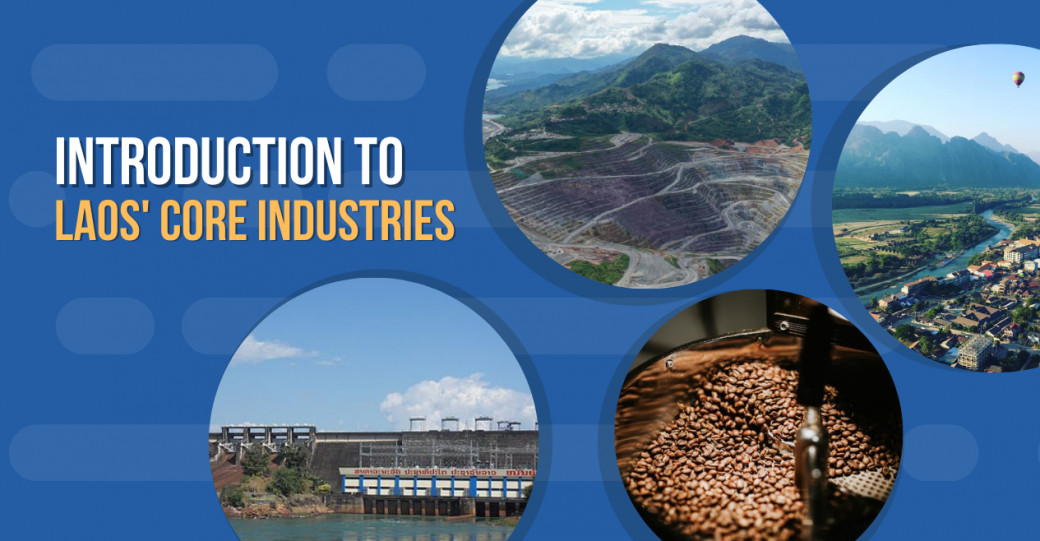
Laos set to be “The Next Cambodia” following the rapid growth in the economy and lots of opportunities open for FDIs. Determined to be the land-linked country through China’s BRI, elevating transport system. From the economic reform during the 1980s to the determination on graduating from the least developed country, these industries carrying Laos’ economy above and beyond. We will look into Laos’s diverse core industries that are currently growing.
1. Mining
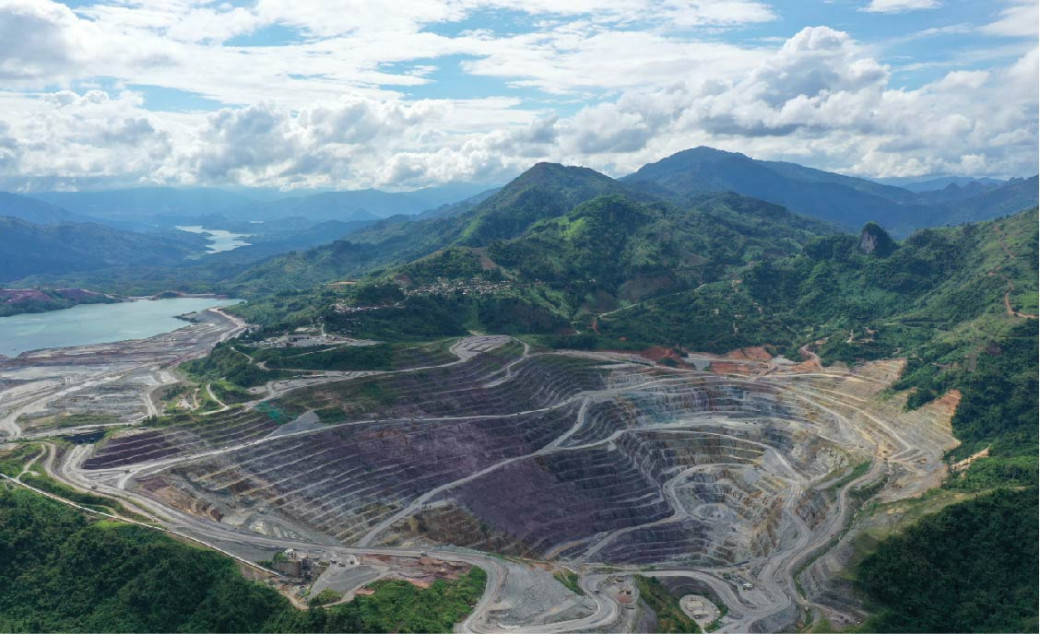
One of the biggest industries in Laos that generate most of the income into Laos, as it contributes 45% of total export in the country. In 2012 it significantly contributed 7% to the country's economy, as well as getting attention from foreign investors with 80% of FDI mainly from China and Australia. Recently, Laos was ranked as one of the most resource-rich countries in Asia with more than 570 mineral deposits have been identified, including gold, copper, zinc, and lead. The first mining project is in Sepon, Savannakhet Province, considered to be one of the biggest gold mines in the world. Lane Xang Minerals and Phu Bia Mining are the leading mining companies.
Laos also strategizes the mining industry to promote the sustainable use of mineral resources and effectively using mining without exploiting the environment, society and biodiversity, making it the main revenue source for development.
2. Electricity
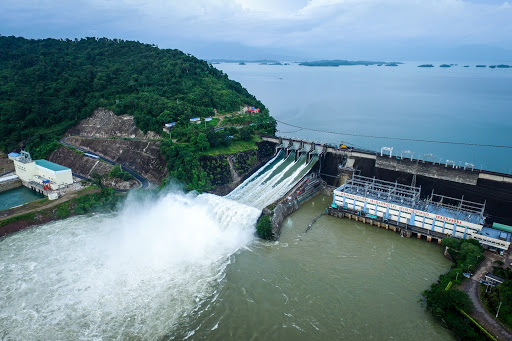
Namely “The Battery of ASEAN” with a handful of hydropower dams project erected within Laos, currently exports an estimated two-thirds of its hydropower. Mekong river sub-basins have approximately 20,000 MW of viable hydropower potential; by 2013, 2,971 MW of this had been developed. Most hydropower dams are on tributaries on the Mekong River and supply over 3,240 MW of hydropower.
Laos’ first hydropower plant is on the Ngum River in Vientiane Province, where it supplies the most electricity in Laos, and as well as exporting to Thailand. The biggest power plant was erected on Nam Theun River, named Nam Theun 2 project. This power plant was expected to generate $2 billion in revenues during a twenty-year period.
There will be upcoming power plants in the future, as the Lao Government had signed the MOUs and conducting research on more than 70 hydropower projects.
Laos also planned to develop the wind farm, which is set to be ASEAN’s largest wind farm. This project is from the mind of BCPG Public Company, the Thai energy firm, with the vestment of $840 million to build the facility, with a capacity of 600 megawatts, on 64,000 hectares in southern Laos.
3. Agriculture
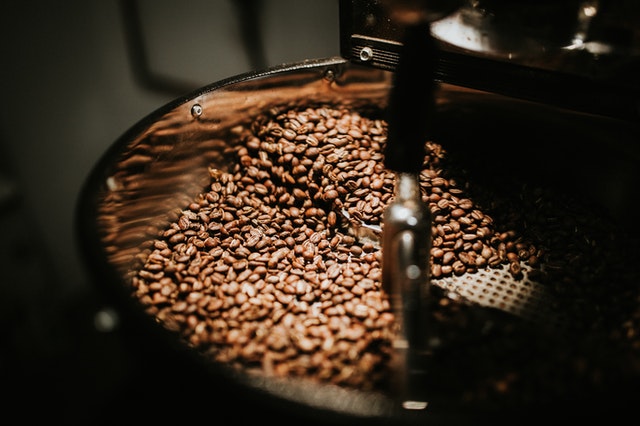
The backbone of Laos’ economy, taking over 80% of the workforce according to the World Bank, contributing 50% of the GDP, increased to $1,945,773 in 2019. The notable agricultural products from Laos are coffee and rice.
Laos’ coffee becoming a world-renowned product that can generate revenue greatly for the economy, ranking first in value among the agricultural products, with 20,000 tons of coffee produces a year, in which 5,000 tons are Arabica beans and 15,000 tons are Robusta. Bolaven-Plateau is the main field for coffee plantations, where it has the right humidity and altitude to grow arabica and robusta beans. Coffee production also generates lots of income for the workers, comparing to other crop production like rice. According to the statistic collected by the Lao Coffee Association in 2013, the export value was $63 million. In 2020, Coffee stakeholders in Laos held a meeting to plan the Lao Coffee Development/promotion Strategy for 2025. Determined to improve in both quality and quantity of Lao coffee through improved agricultural technology, achieve
the standard for generic coffee market requirements and produce high-quality coffee products, as well as generate higher profit; increasing value-added share returns to coffee farmers, and cooperation between concern stakeholders.
Laos has one of the highest per capita annual rice consumption levels in the world, and the production has doubled from 1991-2011 and reached the peak in the mid-2000s from area expansion and increase in yields. Rice is the major crop for Laos, covering 50% of the national agricultural output. Rice in Laos grows in three different farming systems namely, the rainfed lowland, irrigated lowland, and rainfed upland systems. About 85% of rice production is glutinous rice. Laos’s rice exports are forecast to remain low at 80,000 metric tons due to continued decreased production, the rice exports mainly to China and Thailand. Due to higher costs, internal regulations, and quality concerns, it limits Laos’ rice exports.
4. Tourism
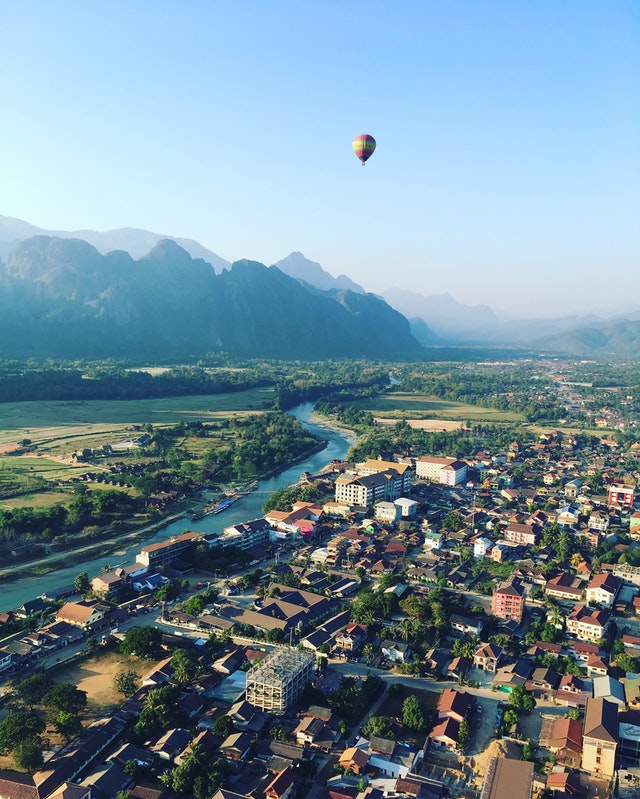
World Heritage site like Luang Prabang and the fun Vangvieng district recently attracts tourists from around the world to come to Laos, becoming the key to the growth in this industry. According to the 2019 Statistical Report on Tourism in Laos, in 2019 there are 4.79 million international visitors, gaining a total revenue of $934 million. Laos has a gradual seasonality shift of low and high season, where Wattay International Airport shows that the high season is from October to December. Meanwhile, Luang Prabang is from January to March. In 2019 there was a remarkable increase in the overall number of visitors, the most prominent are the Chinese visitors with 27% in the market share, accounts for 21.35%, followed by South Korea with a 17% increase while the biggest amount of visitors like neighboring Thailand recorded only 12% increase, Vietnam and Japan increase 7%. Even so, the ASEAN countries still hold the largest market share with 66.77% in 2019.
Nature tourism is the main attraction of tourism in Laos. Luang Prabang has been notable as Laos’ main tourist attraction to its fruitful culture, nature, and the overall “slow-life” atmosphere, such as Royal Palace Museum, Phu Si Mountain, Xiengthong Temple, and Kwangsi Waterfall. Meanwhile, Vang Vieng is known to be an adventurous and exciting place for visitors to explore the city, from riding the tube down Nam Song River to hiking at Tham Chang Cave.
 ລາວ
ລາວ  English
English  简体中文
简体中文  français
français  ไทย
ไทย 